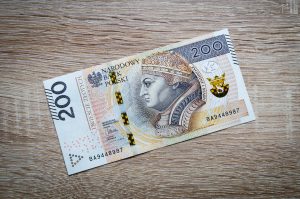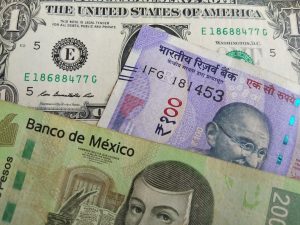In the world of forex trading, harmonic patterns are a popular tool used by traders to identify potential trading opportunities. These patterns are formed by price movements that are repetitive in nature, and they are based on the Fibonacci sequence – a mathematical sequence of numbers that occurs frequently in nature.
Harmonic patterns are typically used in technical analysis to identify potential turning points in the market. They can be found on any timeframe and on any currency pair, making them a valuable tool for both short-term and long-term traders.
In this article, we will dive into the details of how to find harmonic patterns in forex trading.
Understanding the Basics of Harmonic Patterns
Before we dive into how to find harmonic patterns, it’s important to understand the basics of what they are and how they work.
Harmonic patterns are based on the idea that price movements in the market follow specific geometric patterns. These patterns are formed by a series of price swings that correspond to Fibonacci ratios.
There are four main types of harmonic patterns: the Gartley pattern, the Butterfly pattern, the Crab pattern, and the Bat pattern. Each of these patterns has specific criteria that must be met in order for it to be considered a valid pattern.
The Gartley pattern is the most common harmonic pattern and is formed by a four-point price swing. The Butterfly pattern is similar to the Gartley pattern, but it has a different structure. The Crab pattern is a more complex pattern that requires a five-point price swing. The Bat pattern is the rarest of the four and is formed by a five-point price swing.
Identifying Harmonic Patterns
Identifying harmonic patterns can be a bit tricky, but there are a few key things to look for when analyzing price charts.
The first step is to identify a potential harmonic pattern. This can be done by looking for price swings that follow the Fibonacci ratios. For example, if the price swing retraces 61.8% of the previous price swing, this could be a potential harmonic pattern.
Once a potential pattern has been identified, the next step is to confirm that it is a valid pattern. This involves looking for specific criteria that must be met in order for the pattern to be considered valid.
For example, in the Gartley pattern, the first price swing must be a bullish move, followed by a retracement that ends at the 61.8% Fibonacci level. The second price swing must be a bearish move that retraces 61.8% of the first price swing, followed by a bullish move that ends at the 78.6% Fibonacci level.
If all of the criteria are met, the pattern is considered valid and a potential trading opportunity may exist.
Using Indicators to Find Harmonic Patterns
One of the easiest ways to find harmonic patterns is to use indicators that have been specifically designed for this purpose.
One popular indicator is the Harmonic Pattern Indicator. This tool automatically identifies potential harmonic patterns on the chart, making it easy for traders to quickly identify potential trading opportunities.
Another popular indicator is the ZUP Indicator. This tool is more advanced than the Harmonic Pattern Indicator and allows traders to customize the criteria for identifying harmonic patterns.
Conclusion
Harmonic patterns are a valuable tool for forex traders looking to identify potential trading opportunities. While they can be tricky to identify, there are specific criteria that must be met in order for a pattern to be considered valid.
Traders can use a variety of tools and indicators to find harmonic patterns, including the Harmonic Pattern Indicator and the ZUP Indicator. With a bit of practice and patience, traders can become proficient at identifying these patterns and using them to make profitable trades.





